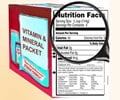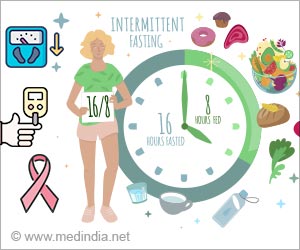Food scientists and material scientists are aware that the primary purpose of food packaging is to protect the food. Once that is done, the package has to shield sensory quality.
Food scientists and material scientists are aware that the primary purpose of food packaging is to protect the food. Once that is done , the package has to shield sensory quality. One hurdle to meeting the latter goal is communication between food scientists and material scientists.
The research is being presented at the 234th American Chemical Society national meeting in Boston, Massachusetts August 19-23, 2007.It turns out that food scientists and material scientists sometimes use different terminology. “The understanding of basic chemical reactions is there, but there are gaps where the interaction of food and packaging occur from the sensory perspective,” said Duncan.
For example, an adhesive might do an ideal job of keeping a container closed and the food protected, but it might impart an odor that ruins the food product aesthetically.
The problem has economic consequences. “From the consumers’ perspective, if the food doesn’t taste good, they won’t repeat the purchase,” Duncan said.
Recognizing and addressing the problem requires communication through a chain of industries. A manufacturer that produces the materials does not necessarily make the package. It may begin with a polymer pellet with a specific characteristic produced by company A, then purchased by company B to be manufactured into a wrap or bottle or other kind of container, then sold to company C, the food processor.
The consumer buys a product that is part food and part the package, and the food scientist at company C hears complaints like “It tastes bad,” “It smells bad,” or “It tastes sour.”
Advertisement
“People who manufacture materials rarely have sensory training. They are knowledgeable about chemistry and polymer synthesis. People trained in food science and packaging, usually haven’t received training in polymers.
Advertisement
Source-Eurekalert
LIN/B











